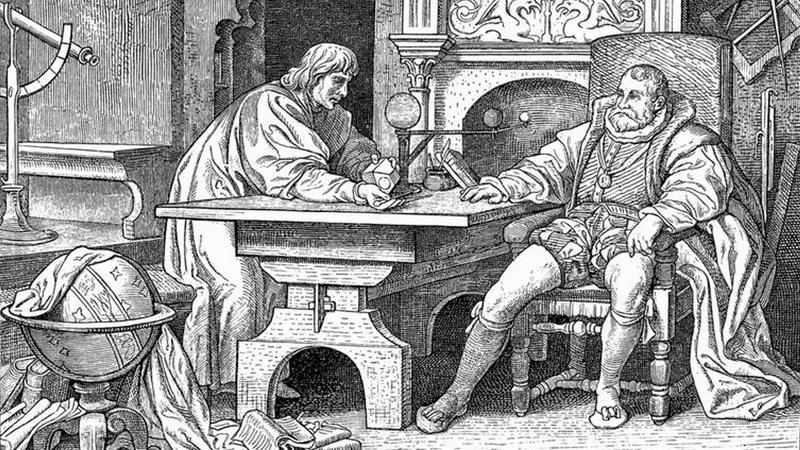The Amazing Life Of Astronomer Johannes Kepler
By | April 12, 2022

Johannes Kepler was one of the most influential scientists in history, with his work on the motions of planets serving as the basis for the entire field of Newtonian physics. Born on December 27, 1571 in present-day Germany, he faced struggles almost immediately in life, as he was born premature and contracted smallpox at a very young age, which left him generally weak for the rest of his childhood.
When he was only six years old, however, he witnessed the Great Comet of 1577, which inspired him to study astronomy later in his schooling. Eventually, he attended the University of Tübingen, where he focused on theology with the intention of working in the clergy but divided his time between math and science as well. When he grew up in Europe during the late 1500s, most people believed that the planets and Sun revolved around the Earth and moved in circles, but Kepler's tutor secretly taught the controversial works of Copernicus, who argued that planets that actually revolved around the Sun.

In 1594, rather than becoming a theologian, he was offered a job as a math teacher in the town of Graz, where he became obsessed with the idea that math was the language of God's design and the key to understanding God. He spent a great many years on his concept of Platonic solids relating to the orbit of planets, but the work was shaky and never developed into anything usable.
Soon, religious strife between Lutherans, like Kepler, and Catholics reared its head in Graz and Kepler needed a safe way out of the city, so he took an offer to assist notable man of science Tycho Brahe, who was known for his wild parties, gold nose, and penchant for correctly predicting the movement of planets. It was an odd coupling, the partying alchemist and the devout astronomer, but they both believed in the heliocentric model of the solar system and worked well together. After Brahe died, Kepler used his observational notes to formulate his own three laws of planetary movement, which he published in 1609 under the name Astronomia Nova.

During this era of his life, he also made many discoveries about lights and optics (like that crazy thing where your eyes actually see things upside down but your brain flips them upright), pioneered the study of crystals, and became the first person to ever discover that each snowflake is totally unique. Unfortunately, his creative streak was interrupted when his mother was accused of witchcraft and arrested. Knowing full well what tortures awaited her, Kepler abandoned his work to serve as her defense and, in an amazing show of intellectual might, secured her release by addressing every element of the prosecution's case through a scientific lens.
The time off work left him near financial ruin, and things got worse when he was forced again to abandon his home when religious tensions became untenable. Finally, in 1627, he completed his work on Brahe's tables and published them with the guidance of his three laws, and the first observable test of his work occurred in 1631, when Mercury moved across the Sun in exactly the way Kepler predicted. Unfortunately, he didn't get to see his legacy cemented, as he died of a fever on November 15, 1630. Half a century later, his work was studied by many prominent scholars, most notably Sir Isaac Newton, who used Kepler's work on planetary motions to develop his own theory of gravity.

